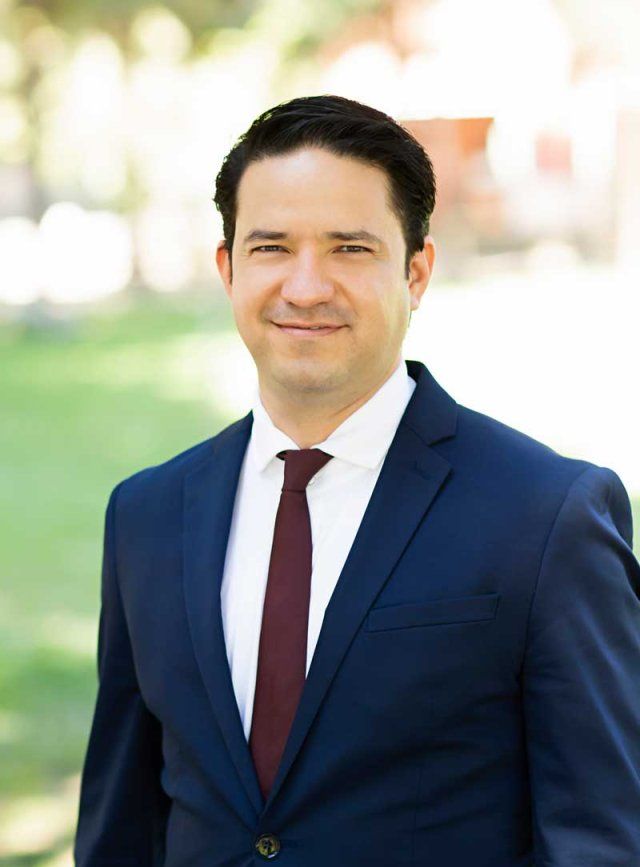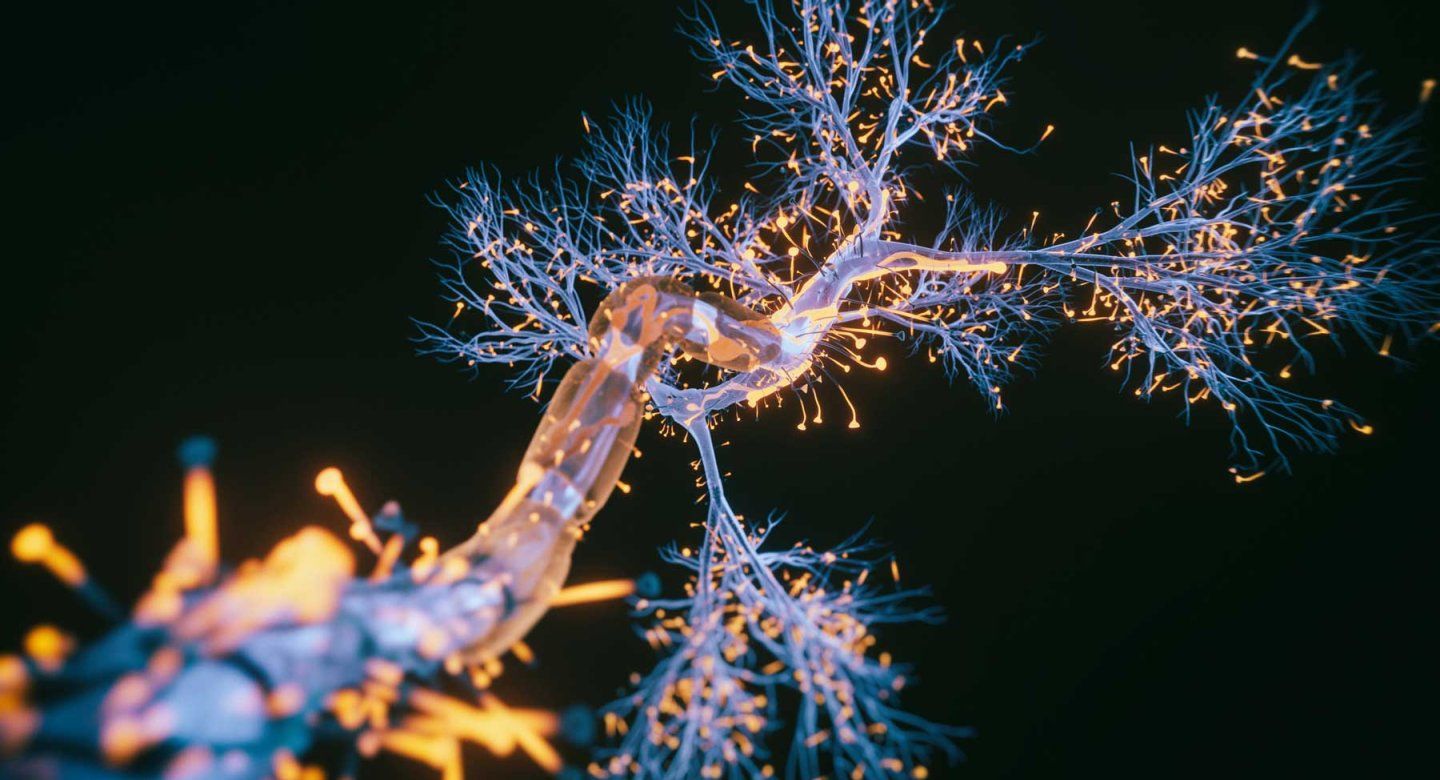New Hope for Progressive Supranuclear Palsy with Innovative Trial
$75 million NIH grant could lead to the first effective drugs for a condition with few treatment options.
A clinical trial that will test three drugs concurrently, and could include more, represents new hope for patients with progressive supranuclear palsy (PSP), an incurable neurodegenerative disorder that usually kills within seven years after symptoms start.
Researchers hope the trial, which will be led by UC San Francisco and conducted at up to 50 sites nationwide, will lead to the development of new therapies. There are currently no drugs to stall the disease’s deadly progression.
Even if we slow the progression of the disease by 20%, 30%, that’s a meaningful impact on a condition with relentless progression and no cure.”
Julio Rojas, MD, PhDPrincipal investigator of the trial
The trial is made possible by a five-year grant of up to $75.4 million from the National Institute on Aging (NIA), which is part of the National Institutes of Health (NIH). It is among the largest grants that UCSF has received in recent years for a neurodegenerative disorder.
“The hope is that the study will transform the type of care that patients with PSP receive,” said Julio Rojas, MD, PhD, of the UCSF Department of Neurology, Memory and Aging Center and the Weill Institute for Neurosciences, and a principal investigator of the trial. “If none of the first three drugs are effective, we will continue trying with other drugs. Even if we slow the progression of the disease by 20%, 30%, that’s a meaningful impact on a condition with relentless progression and no cure.”
PSP is believed to be triggered by a buildup of tau protein that causes brain cells to weaken and die. It is frequently mistaken for Parkinson’s disease. Both conditions are movement disorders, but PSP is far less common, affecting approximately 30,000 Americans, most of whom are in their fifties to seventies.
Richardson’s syndrome is the most common form of PSP. In addition to cognitive difficulties, symptoms include slowness, stiffness, falling backward and difficulty with eye movement, especially looking down.
An innovative study design
The three drugs will be tested using a platform clinical trial model similar to one used for a study of amyotrophic lateral sclerosis (ALS), a neurodegenerative disorder that is much better known and better funded than PSP, although they both affect similar numbers of people. The trial is designed to reduce the time it takes to find effective therapies, decrease the number of participants on placebo and discontinue therapies as soon as they have demonstrated they are ineffective.
Patients on the PSP trial will have a 75% chance of treatment with an active drug and after one year, all participants will have the opportunity to receive a drug.”
Adam Boxer, MD, PhDPrincipal investigator of the trial
“Unlike typical clinical trials, platform trials can remain open with multiple new therapies tested in successive cycles if the first ones don’t work,” said Adam Boxer, MD, PhD, endowed professor in memory and aging at the UCSF Department of Neurology, as well as a principal investigator in the trial. “This means there are more opportunities to identify effective treatments in a faster timeframe, with lower cost and less burden to participants. Patients on the PSP trial will have a 75% chance of treatment with an active drug and after one year, all participants will have the opportunity to receive a drug.”
In addition, data, imaging and biospecimens from the trial will be shared with PSP researchers worldwide, Boxer noted.
Rojas and Boxer, together with principal investigators Irene Litvan, MD, from UC San Diego and Anne-Marie Wills, MD, from Massachusetts General Hospital, along with other experts and patient representatives will help select the first three drugs to be tested in the PSP trial platform.
Enrollment of diverse populations a high priority
The study will focus on enrolling participants who are underrepresented in clinical trials.
“We will build on experience from other community engaged research programs and develop relationships with Spanish-speaking communities,” Rojas said. “These participants would be served by Spanish-speaking clinicians, including a neuropsychologist conducting assessments in Spanish. Similar efforts will be made in the African American and other medically underserved communities.”
Practical and financial barriers may be eliminated by covering transportation and hotel costs, he added.
The nonprofit organization CurePSP will be collaborating with UCSF and other trial sites to recruit participants. According to Kristophe Diaz, PhD, the organization’s executive director and chief science officer, the trial “marks a pivotal step forward” in bringing renewed hope to patients and families.
“Families ask us how they can fight back, but often the most we can offer is guidance on building a support network and assembling a care team,” he said. “This platform is a beacon of hope, bringing us closer to effective treatments and ultimately a cure.”
Enrollment is expected to start in fall 2025. It will be open to patients with Richardson’s syndrome, which affects about 70% of patients with PSP. These patients must have had progressive symptoms for fewer than five years and be accompanied by a care partner.
Funding: This research is supported by the NIH’s National Institute on Aging (R01AG085029). This content is solely the responsibility of the authors and does not necessarily represent the official views of the NIH’s NIA.
